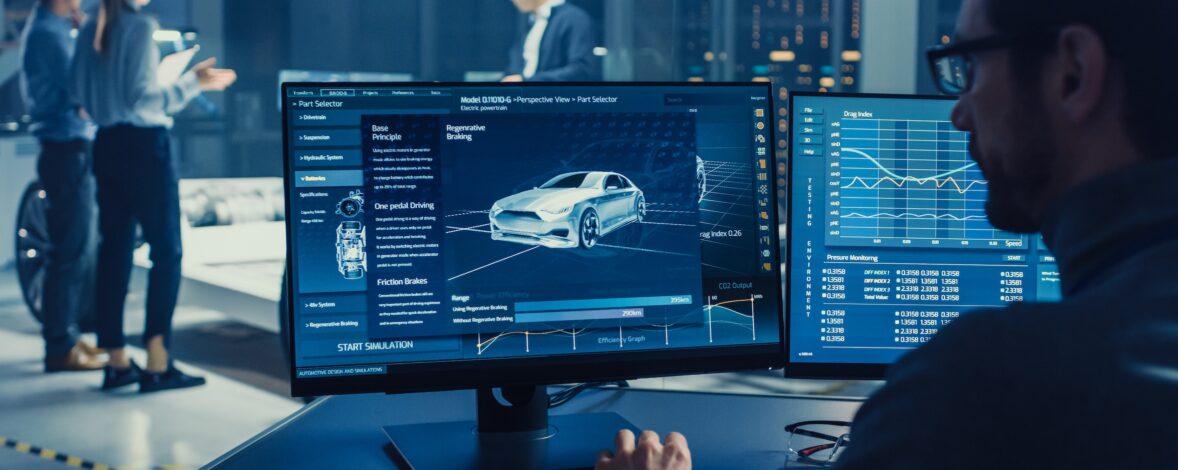Delivering vehicles of the future
The automotive industry is at a crossroads where the development process of vehicles is fundamentally changing. The shift towards vehicle software and the concept of software defined vehicles is happening and auto manufacturers have only two choices: embrace this opportunity or be left behind.
For some time, some leading automakers have been showing the potential of software to deliver myriad benefits through software that improve vehicle performance, deliver new features, optimize vehicle systems, advance vehicle safety and expose new business models. Other auto companies have been reluctant to embrace this innovation, or have struggled to deliver a vehicle software platform that unlocks this future potential.
EV innovation is benefitting all vehicles
Increasingly, more automotive companies are beginning to embrace this shift and drive ahead the automotive technology in their vehicles. The shift to electric vehicles is one trend that is helping traditional OEMs turn the corner, though ironically they are learning that the investments in information technology in EV’s are benefitting traditional internal combustion engines (ICE), hybrid vehicles, as well as new vehicle types like hydrogen fuel cell.
In this article, I share thoughts about how the industry can successfully deliver a software defined vehicle, and motivate the many reasons they should redouble their investments in vehicle software.
Peeling open the black box
Automotive software has been around for decades, so what’s the problem? The reality is that software has been buried inside individual vehicle systems, and developed in silos inside a tier-1 supplier or a development group inside the OEM. Regardless of which company develops the software, the approach to date fails to leverage the benefits of next generation lifecycle management that has been achieved in other industries like data centers.
Unlocking benefits of connected cars
Connected cars unlock the ability to deliver vehicles that are constantly evolving and which have software that can be improved with over the air updates to advance the driving experience, add new features, and expose new business models. But this digital transformation will only be achieved if we peel back the lid on the black boxes inside the vehicles and embrace the benefits of vehicle software.
Driving down cost, driving up innovation
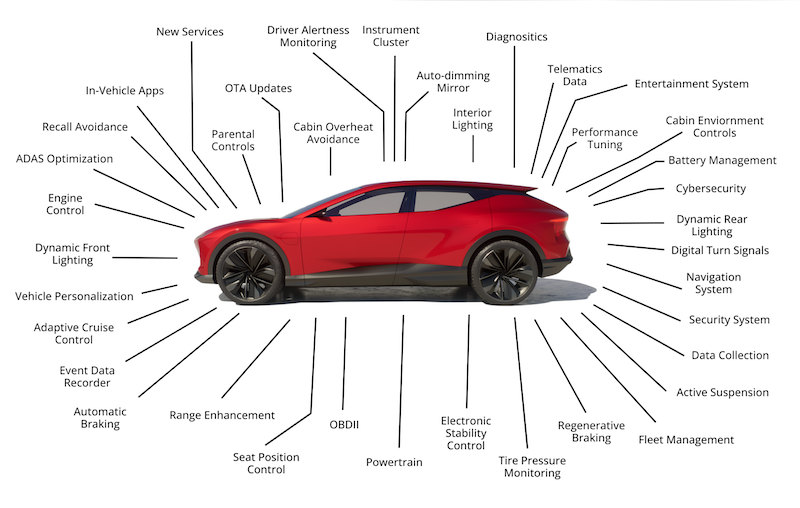
A myth in the auto industry is and the shift towards software-driven innovation is that developing software is more expensive. The reality is it is not more expensive, it’s just different. Software enables rapid innovation and the development of software applications after shipment. This can be daunting to auto manufacturers and their safety engineers, who are tasked with keeping their car safe and ensuring safety systems are protected. A second myth is that the compute performance needed to achieve a connected car built on modern software stacks necessarily is more expensive.
SDV’s will improve safety, not hinder it
The reality is that the data platform provided by software defined vehicles and the real-time data they produce can enhance, not impair the ability to deliver safety systems that benefit drivers and improve the driver experience. Similarly, while some individual compute components may be more expensive, the ability to consolidate features into fewer boxes brings myriad benefits from modern compute and software technologies and decreases vehicle cost in aggregate.
Modern wiring will drive down cost
As a side benefit, vehicle wiring is radically reduced, predictive maintenance is easier to manage, and other data parameters that allow ongoing tuning are now available to improve development. This can also reduce assembly cost, increase vehicle throughput, and reduce vehicle weight, improving fuel efficiency.
Enable the features of today and those we can’t predict for tomorrow
These shifts also improve the ability to deliver new features to the customers and more readily address evolving customer needs. If we have learned one thing over the past 5-10 years, it is that it is impossible to predict the features that drivers will demand, and the industry will position themselves better for the future by building in the technology that enables software updates to allow systems to evolve with the market trends.
Advanced driver assistance systems or autonomous driving?
Frequently, software defined vehicles are considered synonymous with autonomous vehicles and autonomous driving. While autonomous vehicles are an exciting potential for the future, the reality is that fully independent self-driving vehicles are still not mature. Eventually, self-driving cars will enable safety features that surpass human drivers, but for now, the software development and artificial intelligence/machine learning needed to achieve a fully generic autonomous vehicle are not practical or scalable.
ADAS is paying off for OEMs today
And yet, automotive software is already delivering benefits for advanced driver assistance systems today. The automotive industry, both driven by demand from the market as well as increasing regulation from governments is mandating automated collision detection and features like automatic emergency braking.

Automotive software is also enabling features like adaptive cruise control, and the market is rewarding auto makers who deliver vehicles with advanced safety features. To advance those features, cars are required to leverage sensor fusion to combine data from a range of safety systems, from camera systems to Radar and Lidar systems. These are key areas of technology innovation that deliver more safety and improve the driving experience today, and will, over time, help to achieve vehicles with fully self-driving technologies.
Innovation is more than just the infotainment system
Today much of the discussion around the software defined vehicle are the technologies that the industry can bring to the infotainment system of the car. Every company is looking to add software to the big screen in front of the driver and much of the over the air update focus is on delivering automotive software there.
Indeed, the automotive industry has many players focusing exclusively on automotive software development for the screen of vehicles. There is no doubt that software driven technology and engaging the driver is an important area of software development for the market.
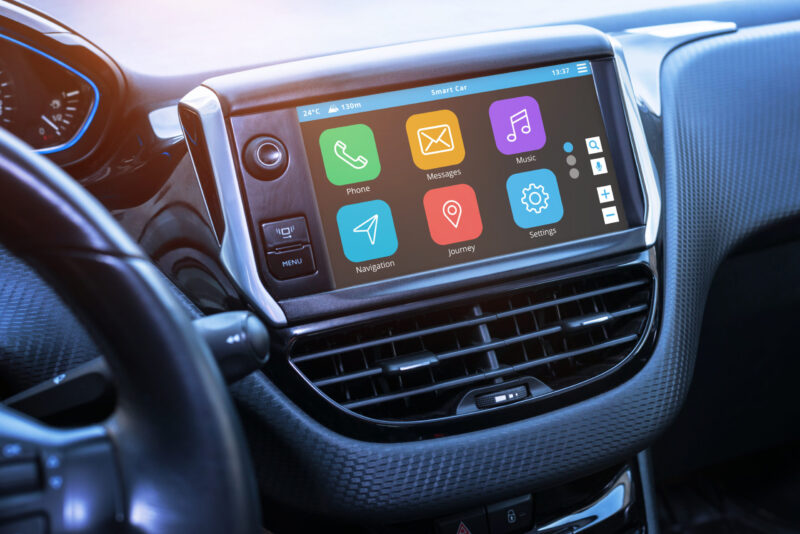
SDV brings benefits across the vehicle
However, the promise of software in vehicles is bigger than just infotainment. Vehicles are complex systems and the automotive industry has an opportunity to benefit from software development across every vehicle system, not only the ones that drivers will see.
Vehicle data benefits every aspect of development, and software can optimize performance, help make smarter decisions about what drivers actually do with their vehicle, and help plan future road vehicles. Software defined vehicles also unlock other parameters that historically have been buried inside individual ECU’s but offer invaluable information for vehicle engineers.
Partnering across the automotive industry
Software defined vehicles bring the potential to bring modern software lifecycle management technologies into vehicles. This has not historically been a focus of automakers, who have often relegated this work into their tier-1 suppliers. OEMs are eager to be more involved in their own software development, but the risk is they over-correct and insist on doing everything internally. As the saying goes, “everything in moderation”.
Bring expertise from across the industry
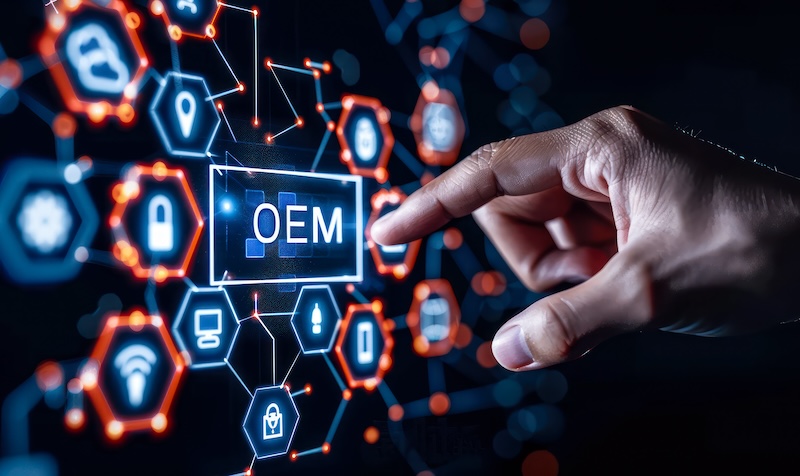
Indeed, it is wise for OEMs to be more engaged in development and require more openness from their suppliers. This ensures supply-chain flexibility and improves their technology prowess over time. At the same time, there are many valuable technology partners in the industry who can bring experience from other industries. In addition, standards bodies can help ensure that OEMs are not reinventing technologies that already exist.
Talking about innovation in The Garage
At Sonatus, we believe in the importance of this shift towards software defined vehicles and are working to engage the conversation with leaders from across the industry. Our podcast, The Garage, focusing on software innovation in vehicles, hosts guests from across the industry, ranging from technology leaders, chip makers, industry analysts, OEMs, tier-1 suppliers, cloud providers and more.
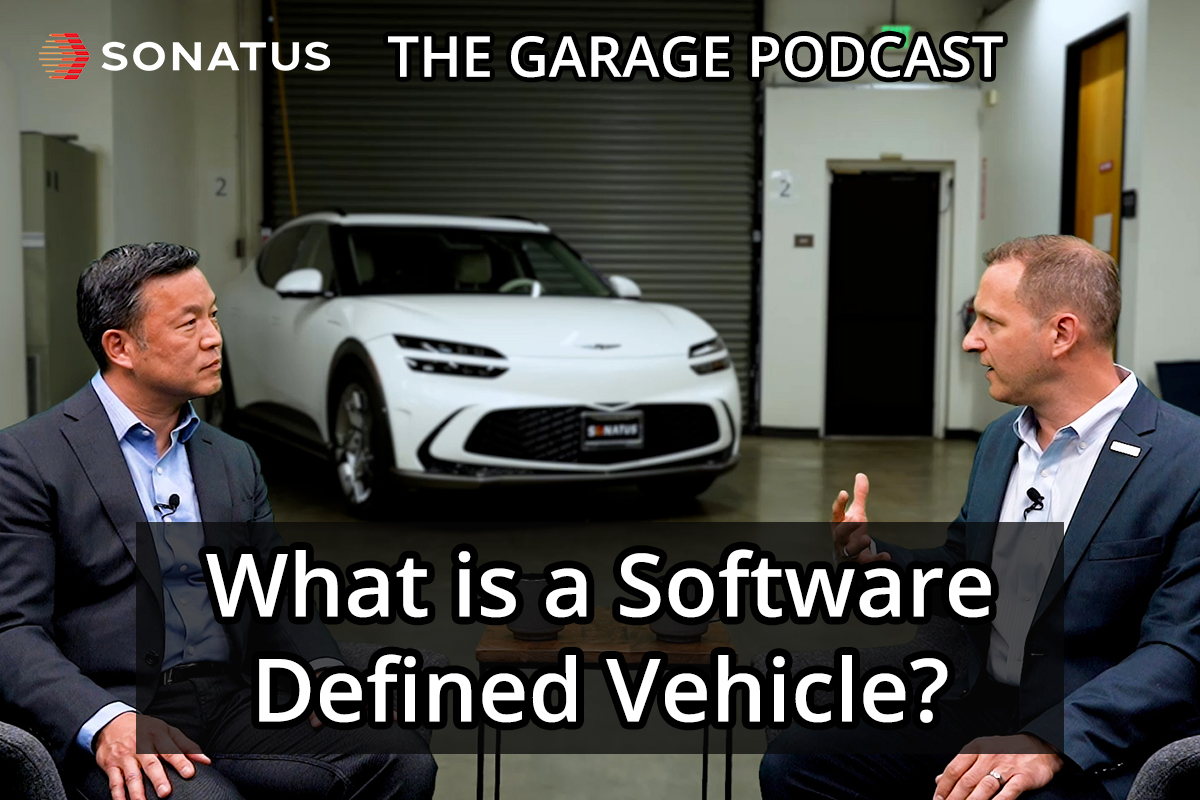
What we are hearing from our guests throughout Season 1 and Season 2 of the podcast is the importance of embracing the evolution of vehicle technology. This innovation spans from the design process, to manufacturing, and into ongoing engagement with drivers and downstream providers like connected car services, fleet management and more. It also uncovers the rich appetite from across the industry to embrace these new ideas, while at the same time recognizing that existing silos in OEMs still need to evolve to fully realize the potential of future vehicle technologies.
Join us in The Garage
We welcome you to follow these conversations and learn more from these diverse voices. You can find The Garage podcast in our Resource Library, on YouTube, on Spotify, Apple Podcasts, and many other podcast platforms. Subscribe to Sonatus’s YouTube Channel to be notified of future episodes. We hope to see you soon in The Garage as we continue the conversation about software defined vehicles.
